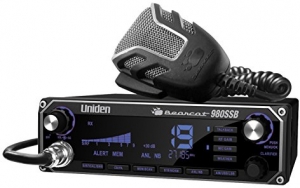-
Join 4Runners.com, Our New Toyota 4Runner Forum!
 4Runner Onboard Air
4Runner Onboard Air
 LED Interior Conversion
LED Interior Conversion
 Replacing the Front CV Axle
Replacing the Front CV Axle
 2010+ 4Runner Bumpers & Armor
2010+ 4Runner Bumpers & Armor
 2017 4Runner TRD Pro Cement
2017 4Runner TRD Pro Cement
 Pelfreybilt 4Runner Armor
Pelfreybilt 4Runner Armor
 FS: Front Wheel Bearing Assemblies
FS: Front Wheel Bearing Assemblies
 4Runners.com Decals Now Available!
4Runners.com Decals Now Available!
 How To: Replace Your 4Runner's Spark Plugs
How To: Replace Your 4Runner's Spark Plugs
 Always-On 4Runner Power Outlets
Always-On 4Runner Power Outlets
-
Welcome to Tacoma World!
You are currently viewing as a guest! To get full-access, you need to register for a FREE account.
As a registered member, you’ll be able to:- Participate in all Tacoma discussion topics
- Communicate privately with other Tacoma owners from around the world
- Post your own photos in our Members Gallery
- Access all special features of the site
installing transcooler for 3rd generation 4runner **pictures**
Discussion in '4Runner Builds' started by ramonortiz55, Jul 31, 2015.


 Hstone556’s DD, don’t mess this one up build thread.
Hstone556’s DD, don’t mess this one up build thread. Optimist's build and picture thread
Optimist's build and picture thread Kwik's BS Thread FEAT. BRONX!
Kwik's BS Thread FEAT. BRONX! 2015 4runner IPO build
2015 4runner IPO build RedRunner87's aka "Operation Mall Crawler" Build Thread
RedRunner87's aka "Operation Mall Crawler" Build Thread Roberts T4R (eventually TacoRunner) build
Roberts T4R (eventually TacoRunner) build








































































